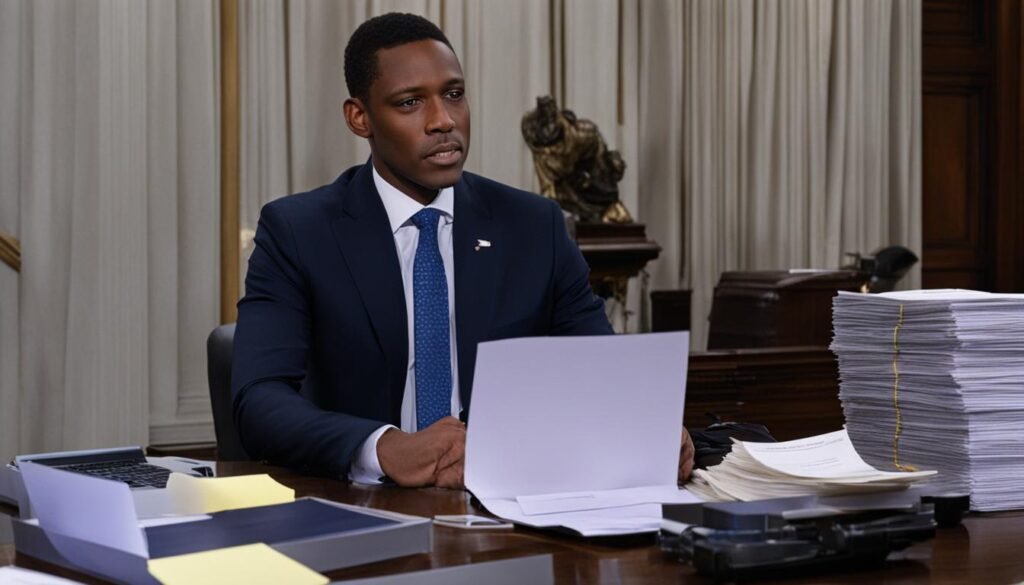Organizing a successful press conference can significantly boost your organization’s visibility and effectively convey important news. To ensure your press conference runs smoothly and achieves its objectives, follow these essential steps.

Plan Ahead
Define Your Objectives
Before organizing your press conference, clearly define its objectives. What message do you want to convey? Are you announcing a new product, addressing a crisis, or sharing significant achievements?
Set Clear Goals
Establish specific goals for the event. This might include generating media coverage, engaging with stakeholders, or clarifying important information. Setting clear goals helps in crafting a focused agenda.
Choose the Right Date and Time
Selecting an appropriate date and time is crucial for maximizing attendance and media coverage. Avoid scheduling conflicts with major events or holidays.
Consider Media Schedules
Choose a time when media representatives are most likely to be available. Early mornings or mid-afternoons typically work well for press conferences.
Secure a Venue
Select a venue that suits the size and nature of your press conference. Ensure it has the necessary facilities, such as audio-visual equipment and seating arrangements.
Confirm Logistics
Confirm all logistical details with the venue, including seating arrangements, equipment setup, and accessibility. This ensures a smooth and professional event.
Prepare Your Materials
Craft a Press Release
Create a press release that outlines the key details of your announcement. Include important information such as the who, what, when, where, and why.
Highlight Key Points
Focus on the most newsworthy aspects of your announcement. Use clear and concise language to capture the media’s attention.
Prepare Media Kits
Prepare media kits with supplementary materials, such as background information, biographies of key speakers, and high-resolution images. Distribute these kits to journalists at the event.
Include Contact Information
Ensure your media kits include contact information for follow-up questions. This makes it easy for journalists to reach out for additional details.
Promote Your Event
Send Invitations
Send out invitations to media representatives, industry influencers, and relevant stakeholders. Use email, phone calls, and social media to ensure your invitations reach the intended audience.
Personalize Invitations
Personalize your invitations to increase engagement. Highlight why your press conference is relevant to each recipient.
Utilize Social Media
Promote your press conference on social media platforms to reach a broader audience. Create engaging posts and use relevant hashtags to generate buzz.
Share Updates
Provide regular updates and reminders leading up to the event. This helps maintain interest and encourages attendance.
Execute the Event
Greet and Brief Attendees
Welcome attendees as they arrive and provide them with necessary materials, such as press releases and media kits. Brief them on the agenda and key points of the press conference.
Maintain Professionalism
Ensure that all staff members are professional and courteous. A positive impression reflects well on your organization.
Manage the Presentation
Ensure the presentation is well-structured and adheres to the agenda. Keep the speech concise and focused on key messages.
Handle Q&A Sessions
Prepare for questions from the media and have designated spokespersons ready to address inquiries. Manage the Q&A session effectively to maintain control and provide clear answers.
Follow Up
Distribute Press Coverage
After the event, distribute copies of press coverage and any relevant materials to attendees. This keeps your message in the spotlight and demonstrates appreciation for their attendance.
Thank Participants
Send thank-you notes to media representatives and key participants. Expressing gratitude helps build and maintain positive relationships.
Evaluate the Event
Evaluate the success of your press conference by reviewing media coverage and feedback from attendees. Identify areas for improvement for future events.
Adjust Strategies
Use insights gained from the evaluation to refine your strategies. Continuous improvement ensures more successful press conferences in the future.
Conclusion
Organizing a successful press conference involves meticulous planning, effective promotion, and smooth execution. By defining your objectives, preparing thorough materials, and managing the event professionally, you can ensure your press conference achieves its goals. Remember to follow up with media and participants to maintain engagement and evaluate your event’s success. Implementing these strategies will help you deliver impactful press conferences that resonate with your audience and enhance your organization’s visibility.

